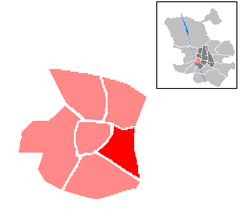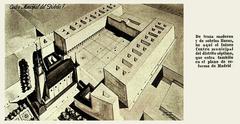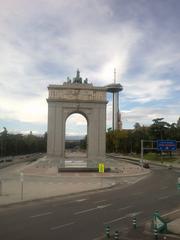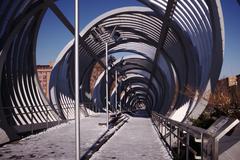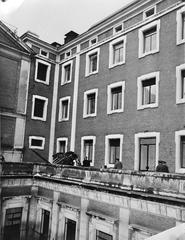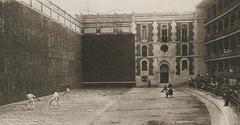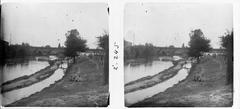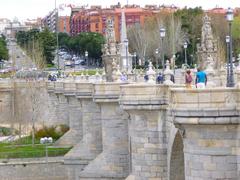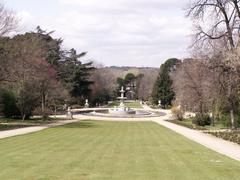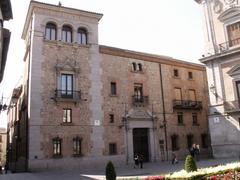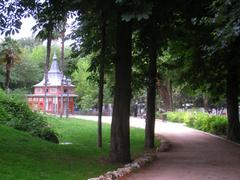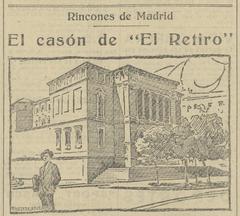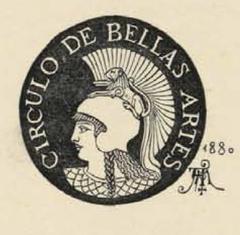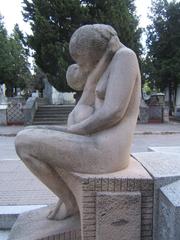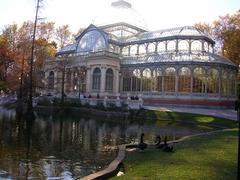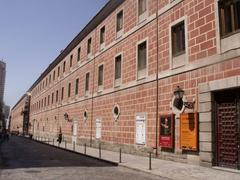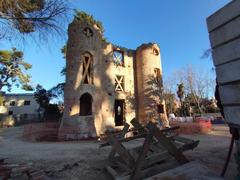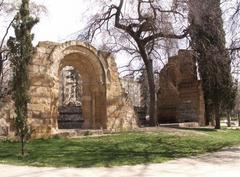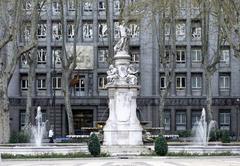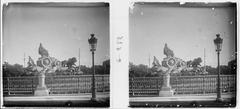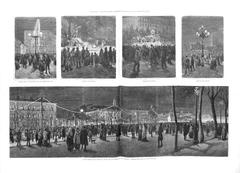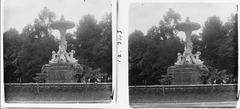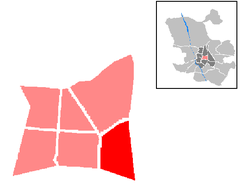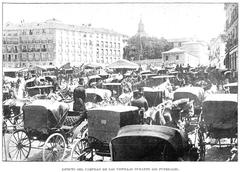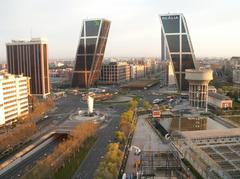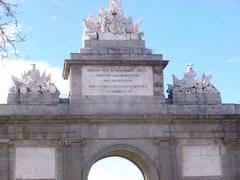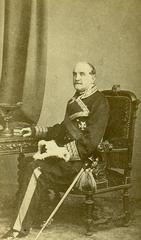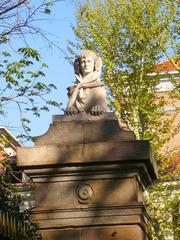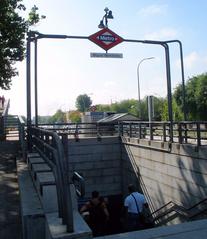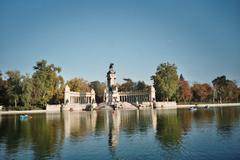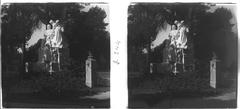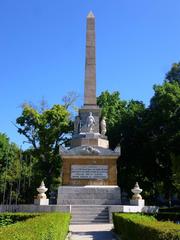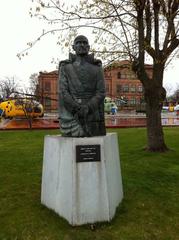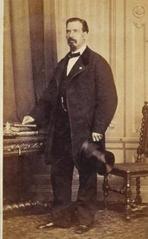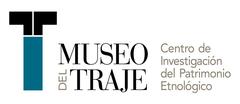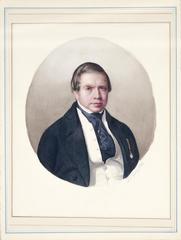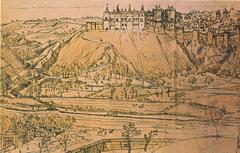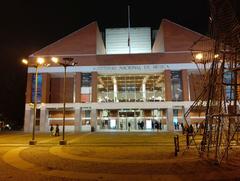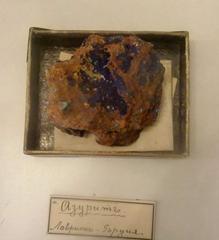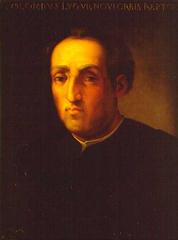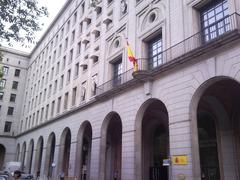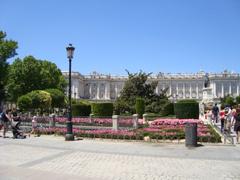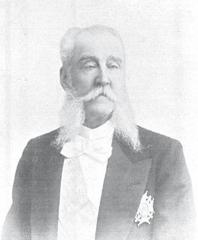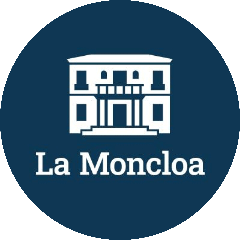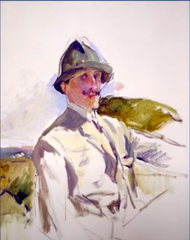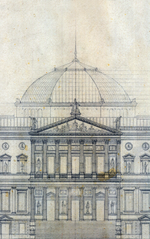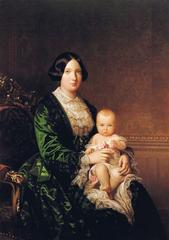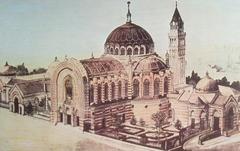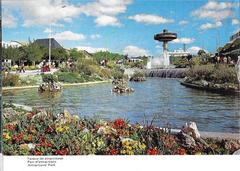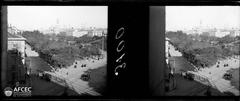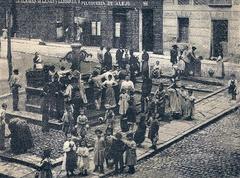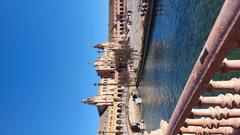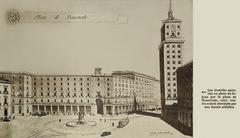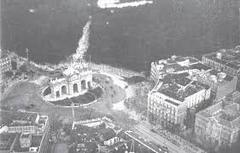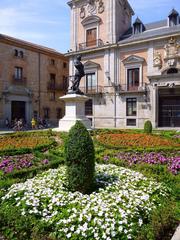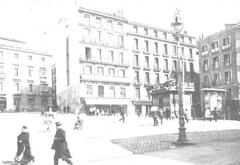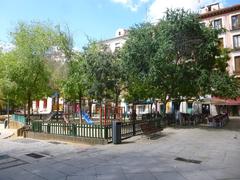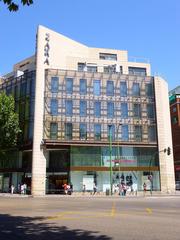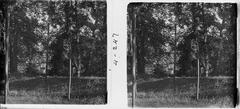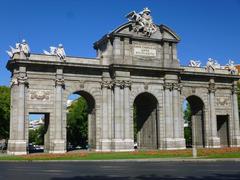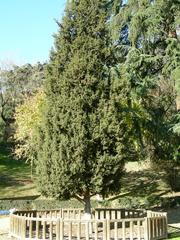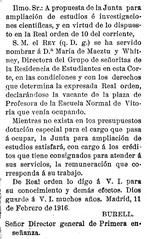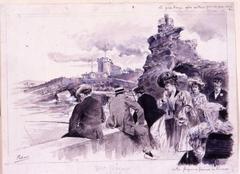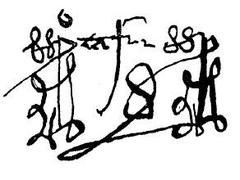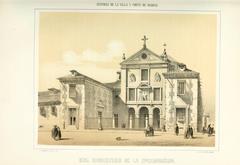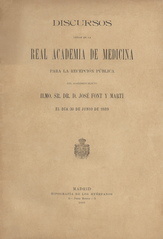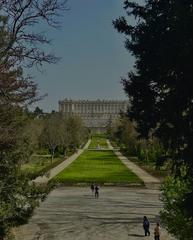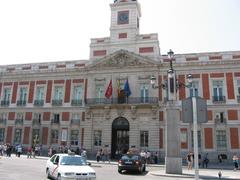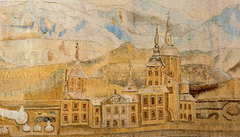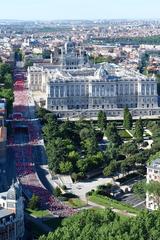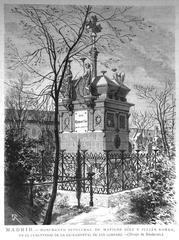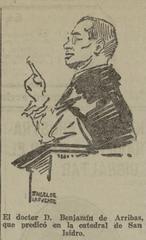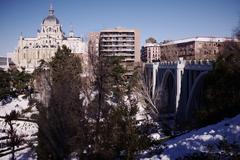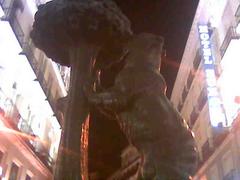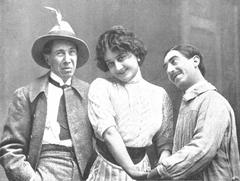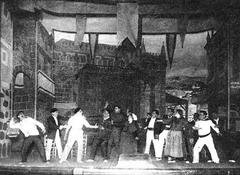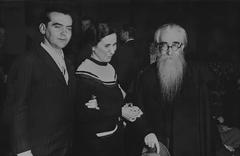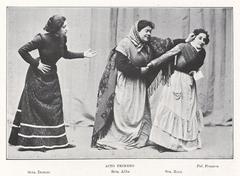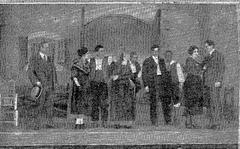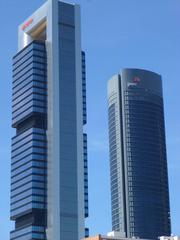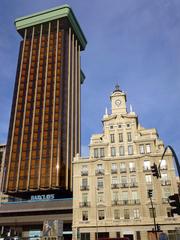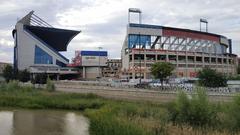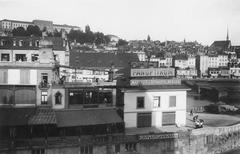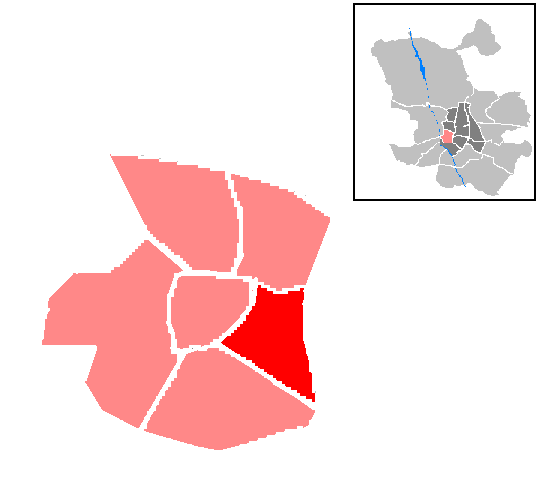
Visiting Fuente de Cibeles: Hours, Tickets, and Tips
Date: 16/07/2024
Introduction
The Fuente de Cibeles, or the Cibeles Fountain, is an iconic symbol of Madrid, Spain, encapsulating the city’s rich history, cultural heritage, and architectural splendor. Constructed between 1777 and 1782 during King Charles III’s reign, the fountain represents the Roman goddess Cybele, a symbol of Earth, agriculture, and fertility, riding a chariot pulled by two lions. Designed by Ventura Rodríguez and brought to life by sculptors Francisco Gutiérrez and Roberto Michel, this neoclassical masterpiece has stood the test of time, bearing witness to Madrid’s dynamic past and vibrant present (Museo del Prado).
The Fuente de Cibeles is not only a stunning work of art but also a significant cultural landmark. Located at the Plaza de Cibeles, it connects several of Madrid’s most important streets, including Calle de Alcalá, Paseo del Prado, and Paseo de Recoletos. Over the years, the fountain has become a beloved gathering spot for locals and tourists alike, especially for celebrations related to the Real Madrid football club (Real Madrid). Its image graces countless souvenirs and promotional materials, further solidifying its status as an emblem of Madrid (Instituto Cervantes).
For visitors, the Fuente de Cibeles offers a unique blend of historical intrigue, artistic beauty, and modern-day relevance. This comprehensive guide will delve into the fountain’s history, artistic significance, and practical visitor information, ensuring you make the most of your visit to this remarkable site.
Table of Contents
- Introduction
- History of Fuente de Cibeles
- Role in Modern Celebrations
- Architectural and Urban Context
- Influence on Popular Culture
- Preservation and Conservation Efforts
- Visitor Information
- FAQ Section
- Conclusion
- Call to Action
History of Fuente de Cibeles
Origins and Construction
The Fuente de Cibeles was constructed between 1777 and 1782 during the reign of King Charles III as part of a broader urban development plan aimed at modernizing Madrid. Designed by architect Ventura Rodríguez, the fountain features the Roman goddess Cybele, symbolizing Earth, agriculture, and fertility, riding a chariot pulled by two lions, representing the mythological characters Hippomenes and Atalanta (Madrid Tourism).
Artistic and Cultural Significance
The fountain is a masterpiece of neoclassical art, designed by Ventura Rodríguez and executed by sculptors Francisco Gutiérrez and Roberto Michel. It represents the artistic trends of the late 18th century, emphasizing symmetry and classical motifs. Over time, it has become a symbol of Madrid’s rich cultural heritage (Museo del Prado).
Historical Events and Transformations
Throughout its history, the Fuente de Cibeles has undergone several transformations, including restorations to repair damage from the Spanish Civil War and modernize its hydraulic system in 1980 (El País).
Role in Modern Celebrations
The fountain is a focal point for public celebrations, especially for fans of the Real Madrid football club. Since the 1980s, it has been a gathering place for fans celebrating their team’s victories, often adorned with the team’s flag and colors (Real Madrid).
Architectural and Urban Context
Located at Plaza de Cibeles, at the intersection of Calle de Alcalá, Paseo del Prado, and Paseo de Recoletos, the fountain is surrounded by important buildings like the Palacio de Cibeles, enhancing its visual impact (Ayuntamiento de Madrid).
Influence on Popular Culture
The Fuente de Cibeles has been featured in numerous films, television shows, and works of literature, further cementing its status as an emblem of Madrid. Its image is commonly used in promotional materials and souvenirs (Instituto Cervantes).
Preservation and Conservation Efforts
Ongoing preservation efforts include regular maintenance, cleaning, and modern technologies like 3D scanning to monitor its condition. These initiatives are crucial for preserving the fountain for future generations (Patrimonio Nacional).
Visitor Information
Visiting Hours and Ticket Prices
The Fuente de Cibeles is accessible to the public 24/7, and there is no admission fee to view the fountain. However, nearby attractions like the Palacio de Cibeles may have specific visiting hours and ticket prices.
Travel Tips and Nearby Attractions
The fountain is well-connected by public transportation, with several metro and bus lines stopping nearby. Other nearby attractions include the Retiro Park, Prado Museum, and Gran Via, making it easy to plan a full day of sightseeing.
Accessibility and Special Events
The area around the fountain is wheelchair accessible, and it is often the site of special events and guided tours, providing an enriching experience for all visitors.
FAQ Section
Q: What are the visiting hours for Fuente de Cibeles? A: The fountain is accessible 24/7.
Q: Is there an admission fee? A: No, viewing the fountain is free of charge.
Q: What are some nearby attractions? A: Retiro Park, Prado Museum, and Gran Via are all nearby.
Conclusion
The Fuente de Cibeles stands as a testament to Madrid’s rich tapestry of history, art, and culture. From its neoclassical origins in the late 18th century to its contemporary role as a focal point for celebrations and public gatherings, the fountain encapsulates the essence of the Spanish capital. Its intricate design and historical significance make it a must-visit landmark for anyone exploring Madrid.
As you stroll around the Plaza de Cibeles, take a moment to appreciate the artistry and craftsmanship that have preserved this monument for centuries. Whether you’re a history buff, an art enthusiast, or a casual traveler, the Fuente de Cibeles offers a glimpse into the grandeur of Madrid’s past and the vibrancy of its present. Nearby attractions like Retiro Park, Prado Museum, and Gran Via enhance the experience, making the area a hub of cultural and historical exploration (Ayuntamiento de Madrid).
Ongoing preservation efforts ensure that the Fuente de Cibeles remains a beloved symbol of Madrid for future generations. Regular maintenance, cleaning, and the use of modern technologies like 3D scanning are crucial in preserving its structural integrity and aesthetic appeal (Patrimonio Nacional). As you plan your visit, remember to respect the monument and the surrounding area, helping to maintain its beauty and significance for years to come.
Call to Action
For more information on visiting Fuente de Cibeles and other historical sites in Madrid, download the Audiala mobile app, check out our other related posts, or follow us on social media for updates.
References
- Museo del Prado. (n.d.). https://www.museodelprado.es/en
- Real Madrid. (n.d.). https://www.realmadrid.com/en
- Instituto Cervantes. (n.d.). https://www.cervantes.es/
- Ayuntamiento de Madrid. (n.d.). https://www.madrid.es/portal/site/munimadrid
- Patrimonio Nacional. (n.d.). https://www.patrimonionacional.es/
